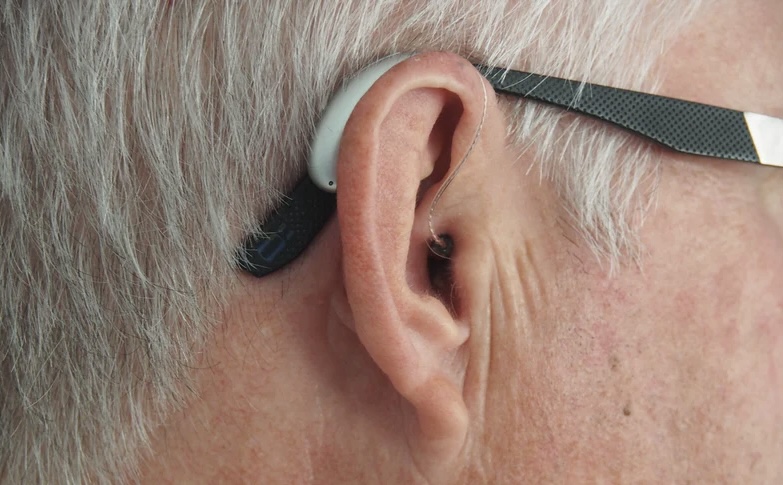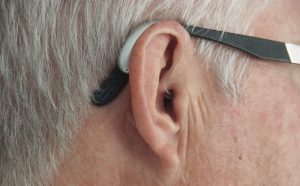
Hearing aids can be incredibly expensive.
People often take their ability to hear for granted.
You can drive anywhere and find people blasting the music in their cars.
They seem to be oblivious to how this habit impacts their delicate inner ears.
Ah, youth.
Although some people lose their hearing from poor choices; others experience hearing loss from their genetics, illness, or the nature of their work.
According to a recent AARP article titled “FDA Clears Way for Over-the-Counter Hearing Aids,” hearing aids are the most common solution for reducing the impact of hearing loss.
As someone who has worn hearing aids for 30 years, this article caught my attention and perked up my hearing aid-assists ears.

New over-the-counter hearing aids may better meet the needs of those with mild to moderate hearing loss.
Often it is a long and costly process to even receive a subscription for hearing aids.
The process involves visiting a doctor for testing and for fitting.
This may no longer be the case.
The FDA proposed a rule in October 2021 to establish a category for over-the-counter hearing aids.
This followed a law passed by Congress some four years ago to requiring the FDA to do just this.
Although the FDA did not quite make the August 2020 deadline provided, the rule was finalized following a 90-day public commentary period.
Now, with these updated guidelines, the FDA will develop a new category of hearing aid devices.
These device will not require a fitting by an audiologist or a prescription.
Rather, these hearing aids will be available for sale at retail stores or online.
Although this may not be a the perfect good option for everyone, it can prove helpful to those who have mild to moderate hearing loss.
This new class of hearing aids could impact a significant number of Americans.
The National Institute of Deafness and Other Communication Disorders estimates 37.5 million, or 15 percent, of American adults have trouble hearing.
Of those age 70 and older who could experience benefits from using hearing aids, fewer than 33 percent have ever used hearing aids.
The most common reason provided for this is the price tag.
Hearing aids typically cost between $2,000 and $6,000 per pair.
Yikes!
This expense is not covered by most insurance or by Medicare.
How is this proposed rule expected to help?
The lower financial barrier for access to hearing aids should translate to lower price options for consumers.
Prior to this ruling, hearing aids available for over-the-counter use were simply personal sound-amplification products.
This means they indiscriminately increased the volume of all noise in the environment.
Although these only cost a couple hundred dollars, they were insufficient to meet the hearing needs of many.
With the new class for hearing aids, Americans with mild to moderate hearing loss may have better, more affordable options available.
That is really good news for a change, yes?
Reference: AARP (Oct. 19, 2021) “FDA Clears Way for Over-the-Counter Hearing Aids”
REMEMBER: “The choice of a lawyer is an important decision and should not be based solely upon advertisements.”
This statement is required by rule of the Supreme Court of Missouri.
